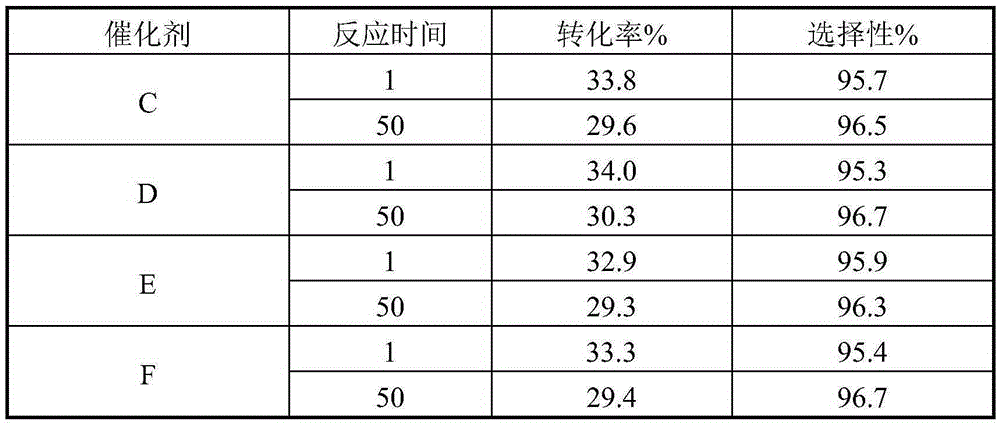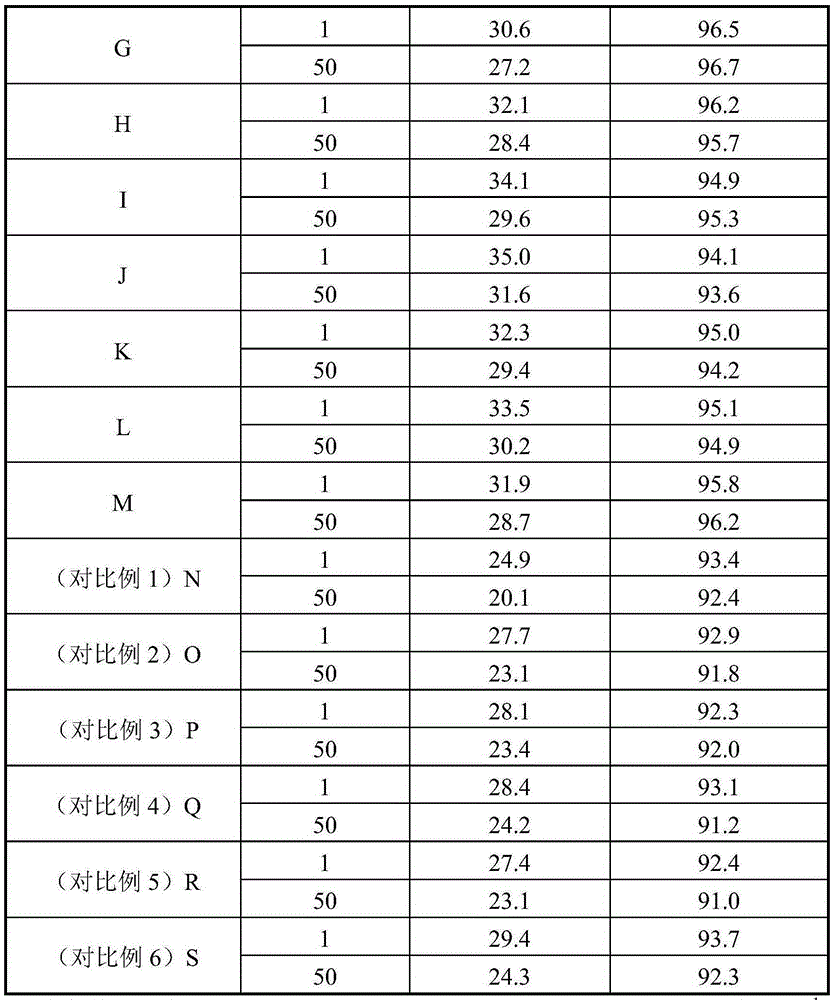Method for activating platinum-containing light alkane dehydrogenation catalyst
A dehydrogenation catalyst and low-carbon alkanes technology, which is applied in the direction of catalyst activation/preparation, carbon compound catalysts, catalysts, etc., can solve the problem of low conversion selectivity of platinum-containing low-carbon alkane dehydrogenation catalysts, and achieve the goal of inhibiting carbon deposition The effect of forming, promoting dehydrogenation activity, and stabilizing catalyst performance
- Summary
- Abstract
- Description
- Claims
- Application Information
AI Technical Summary
Problems solved by technology
Method used
Image
Examples
Embodiment 1
[0023] 5.0 grams of catalyst precursor A was activated on a continuous flow quartz tube reactor miniature catalytic reaction device. Under air atmosphere, catalyst precursor A was treated at 250° C. for 1 hour, and then at 550° C. for 6 hours; Carrier gas containing 5mol% O 2 The gas flow was treated at 600°C for 4 hours, and finally with 3ppm H 2 S of H 2 The catalyst was treated with air flow at 600°C for 2 hours to obtain activated catalyst C.
Embodiment 2
[0025] 5.0 grams of catalyst precursor A was activated on a continuous flow quartz tube reactor miniature catalytic reaction device. Under air atmosphere, catalyst precursor A was treated at 250° C. for 2 hours, and then at 600° C. for 4 hours; Carrier gas containing 5mol% O 2 The gas flow was treated at 600°C for 4 hours, and finally with 3ppm H 2 S of H 2 The catalyst was treated with air flow at 600°C for 2 hours to obtain activated catalyst D.
Embodiment 3
[0027] 5.0 grams of catalyst precursor A was activated on a continuous flow quartz tube reactor miniature catalytic reaction device. Under air atmosphere, catalyst precursor A was treated at 250° C. for 1 hour, and then at 550° C. for 8 hours; Carrier gas containing 5mol% O 2 The gas flow was treated at 600°C for 4 hours, and finally with 3ppm H 2 S of H 2 The catalyst was treated with air flow at 600°C for 2 hours to obtain activated catalyst E.
PUM
 Login to View More
Login to View More Abstract
Description
Claims
Application Information
 Login to View More
Login to View More - R&D
- Intellectual Property
- Life Sciences
- Materials
- Tech Scout
- Unparalleled Data Quality
- Higher Quality Content
- 60% Fewer Hallucinations
Browse by: Latest US Patents, China's latest patents, Technical Efficacy Thesaurus, Application Domain, Technology Topic, Popular Technical Reports.
© 2025 PatSnap. All rights reserved.Legal|Privacy policy|Modern Slavery Act Transparency Statement|Sitemap|About US| Contact US: help@patsnap.com


